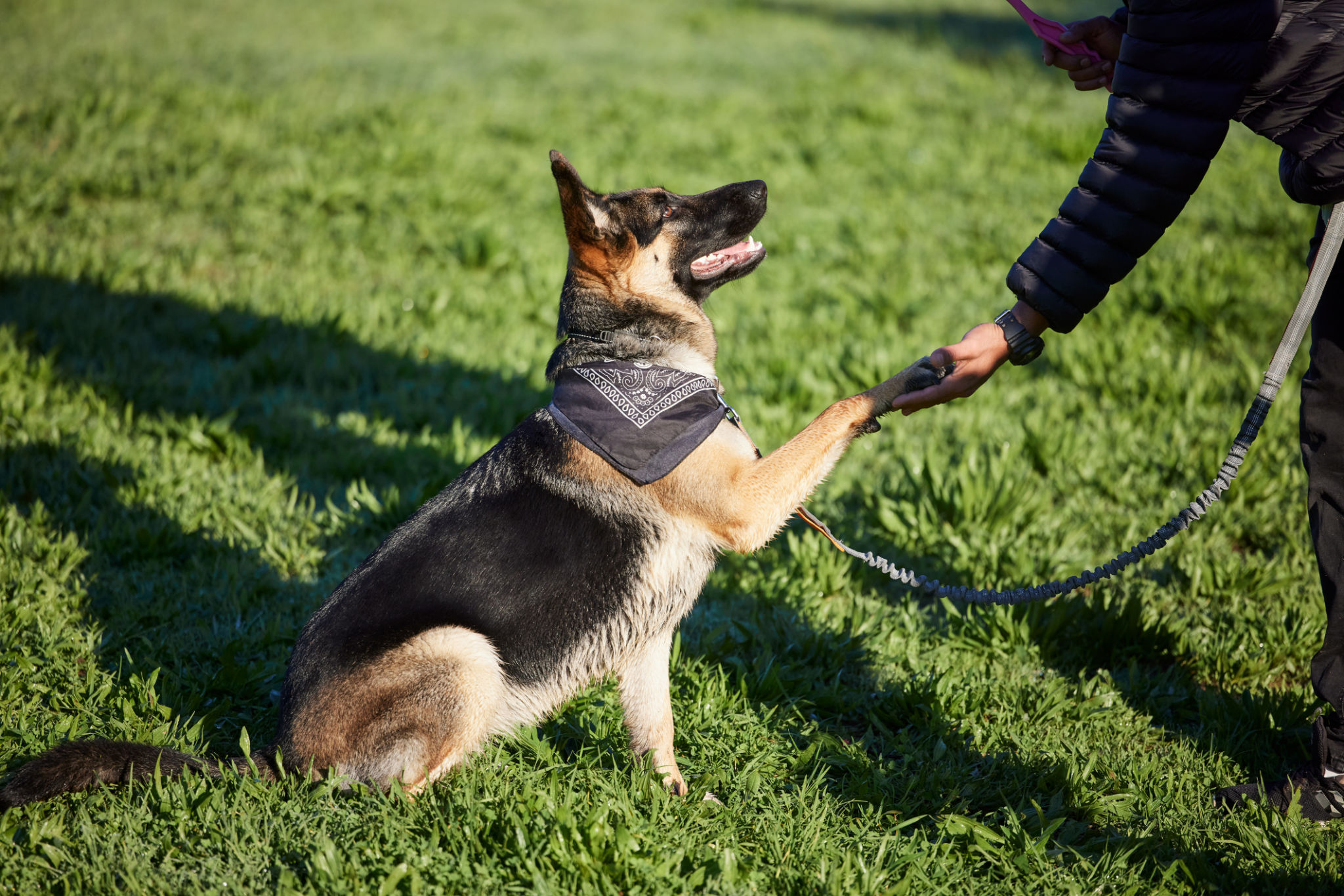Comprehensive Guide to Level 2 Obedience Training for Dogs
Understanding Level 2 Obedience Training
Level 2 obedience training is an essential step in enhancing your dog's behavior and ensuring they become well-mannered companions. This stage focuses on building upon the basic skills acquired in level 1, introducing more complex commands and refining your dog's ability to follow instructions in various environments. By the end of this training, your dog should demonstrate improved focus, control, and responsiveness.

Why Level 2 Training is Important
The transition to level 2 obedience training is crucial for dogs that have mastered basic commands like sit, stay, and come. At this level, dogs learn to respond reliably even with distractions present. This training not only helps in reinforcing good behavior but also strengthens the bond between you and your pet. By improving communication, your dog becomes more attuned to your cues, making everyday interactions smoother.
Core Commands in Level 2 Training
In level 2 obedience training, several new commands are introduced while previous ones are refined. Some of the core commands include:
- Heel: Teaching your dog to walk beside you without pulling on the leash.
- Leave it: Training your dog to ignore distractions and focus on you.
- Place: Instructing your dog to go to a designated spot and stay there until released.
Training Techniques and Tools
Successful level 2 obedience training involves using a variety of techniques and tools to encourage positive behavior. Positive reinforcement remains a key strategy, rewarding dogs with treats or praise when they follow commands correctly. Additionally, tools like long lines or clickers can be helpful in managing and guiding your dog's actions during training sessions.

Handling Distractions and Challenges
One of the main challenges in level 2 obedience training is teaching dogs to obey commands despite distractions. Gradually increasing the level of distractions during training sessions helps your dog learn to maintain focus. It's important to be patient and consistent, as some dogs may take longer to adapt to new environments or stimuli.
Tips for Effective Training Sessions
To ensure productive training sessions, consider the following tips:
- Consistency: Practice regularly and maintain a consistent routine.
- Short Sessions: Keep training sessions short and engaging to prevent boredom.
- Environment: Vary the location of training to generalize commands across different settings.

Evaluating Progress and Setting Goals
Tracking your dog's progress is essential in level 2 obedience training. Set achievable goals and gradually increase their difficulty as your dog improves. Regularly assessing your dog's ability to follow commands under various conditions will help you identify areas that need more focus, ensuring a well-rounded training experience.
The Role of Professional Trainers
If you're encountering difficulties or wish to advance your dog's skills further, consulting a professional trainer can be beneficial. Professional trainers have the expertise to address specific behavioral issues and provide tailored guidance that caters to your dog's unique needs.
Level 2 obedience training is an exciting journey that enhances your dog's skills and enriches your relationship. By dedicating time and effort to this training, you pave the way for a well-behaved and joyful life with your furry friend.